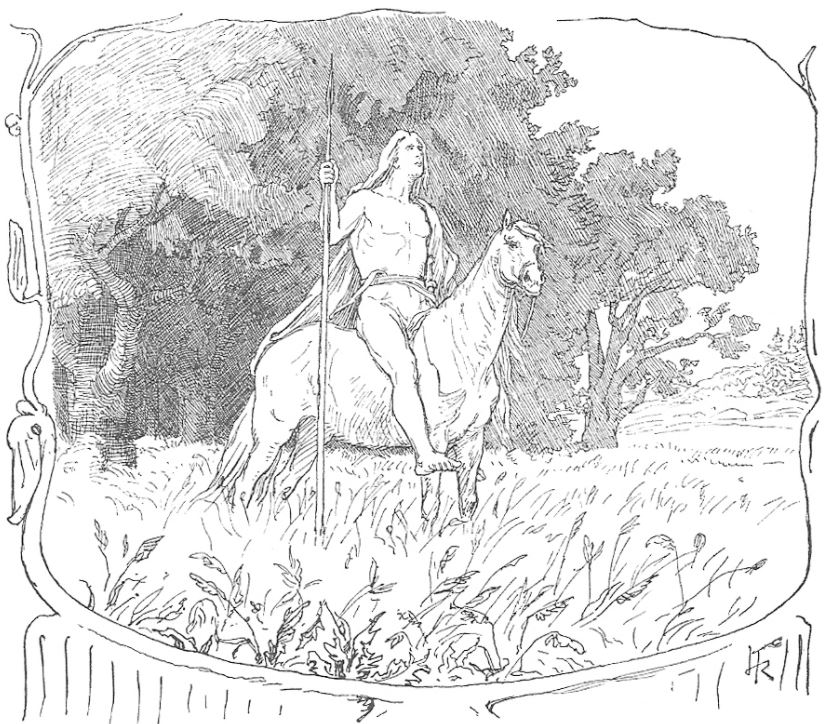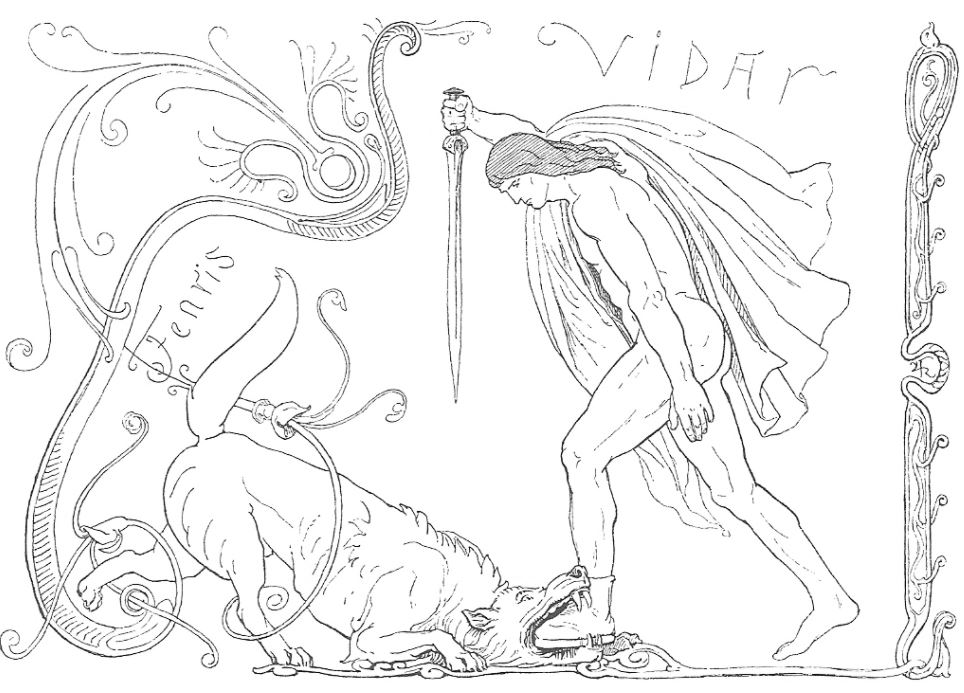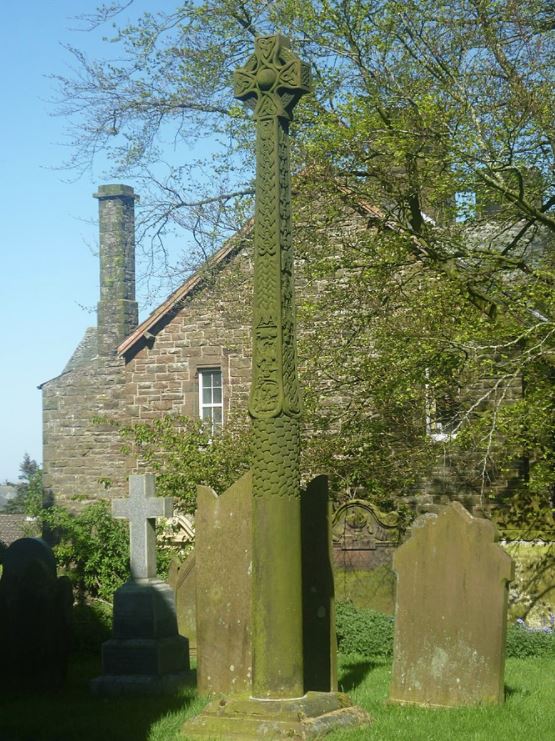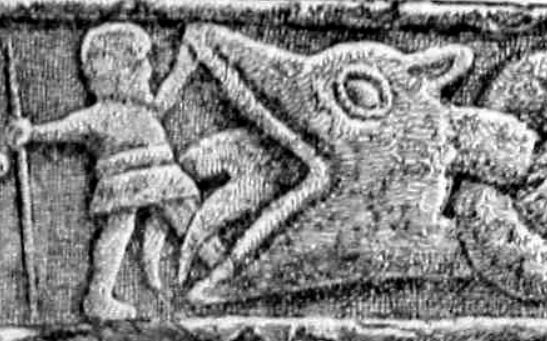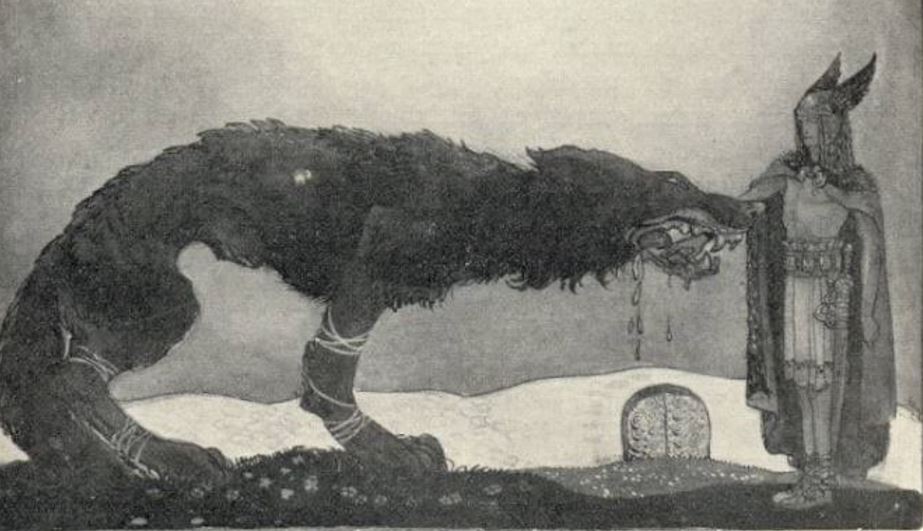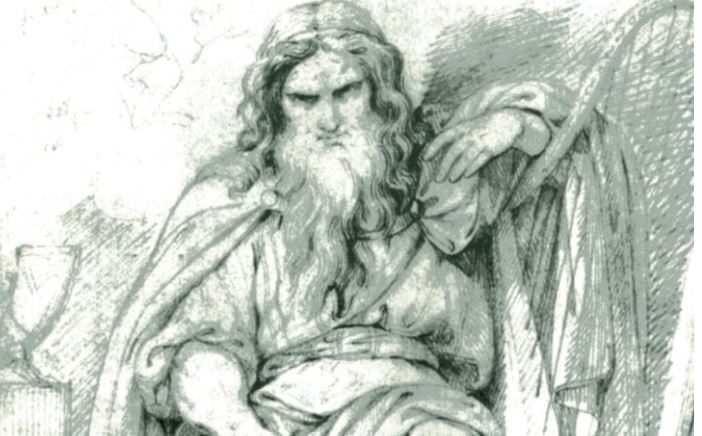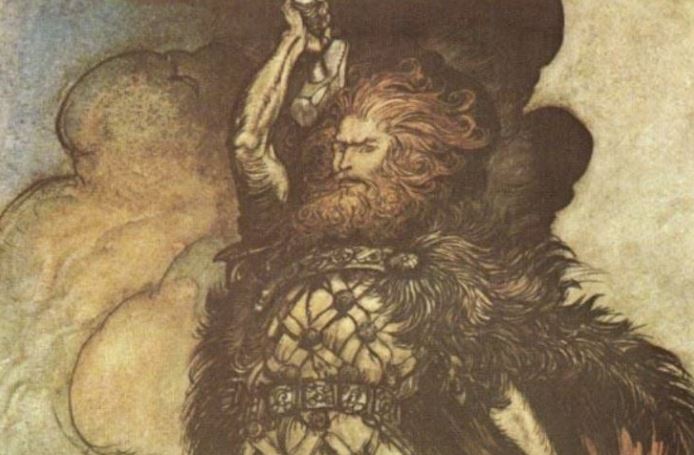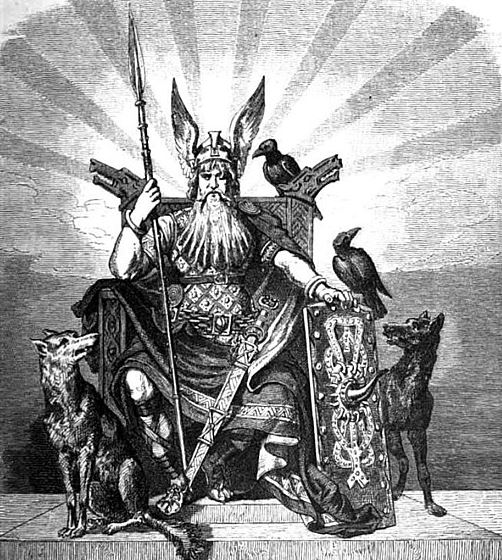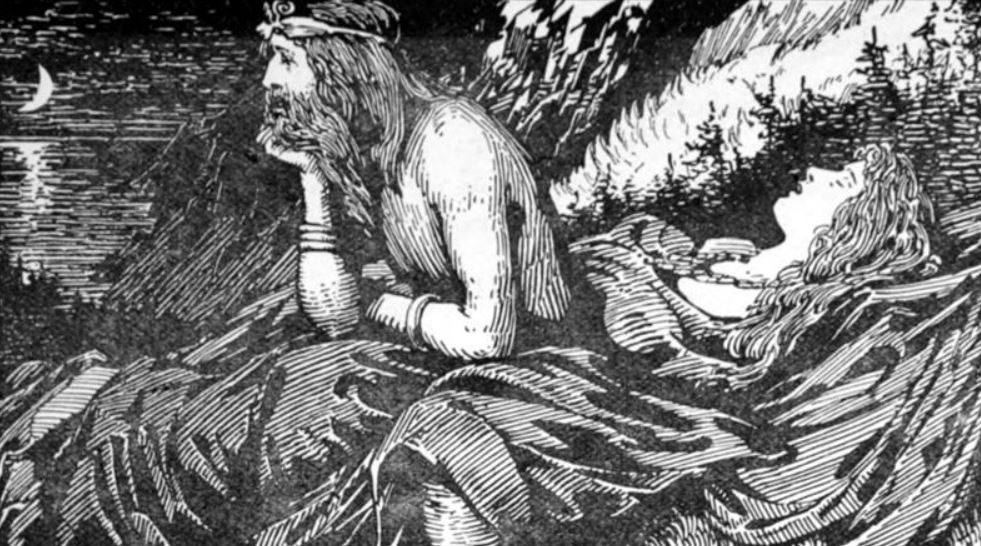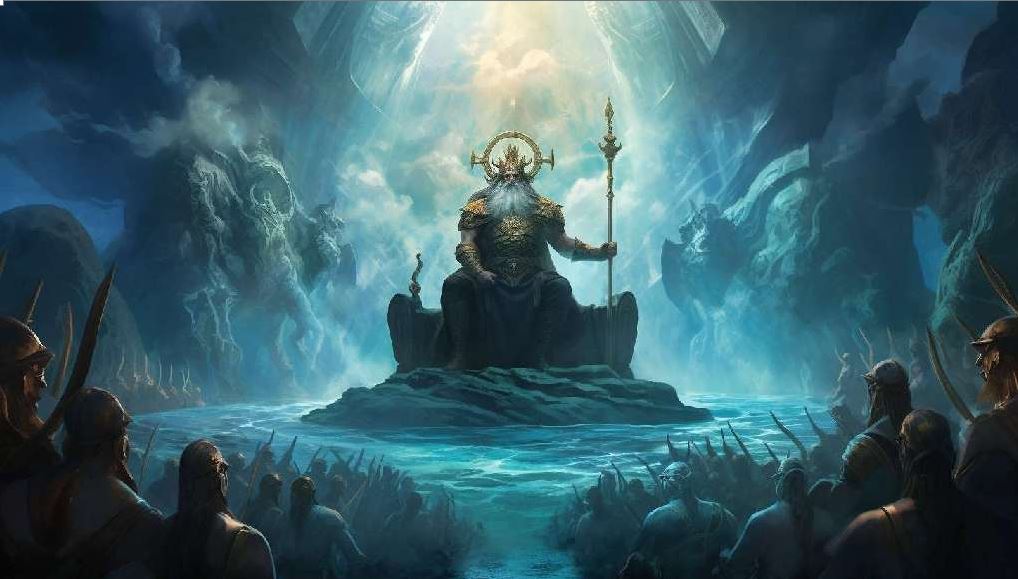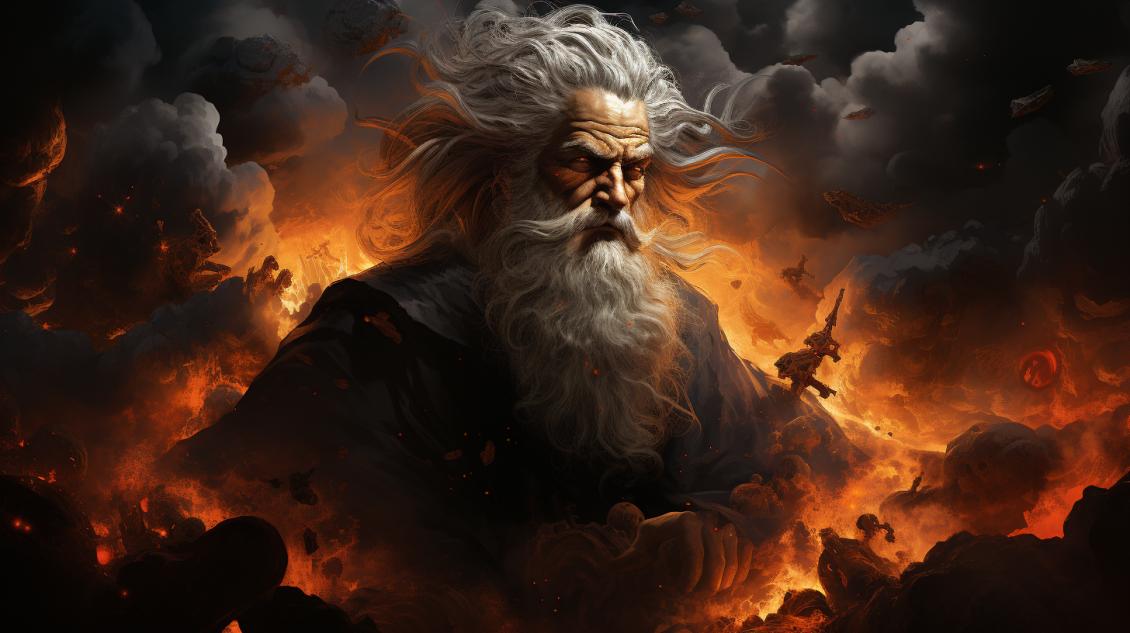Norse God Vidar, The Avenger of Odin
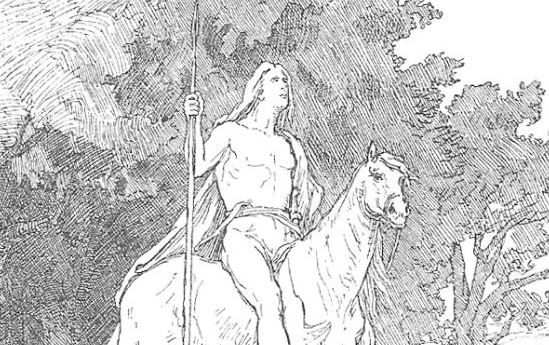
Vidar is the Norse god of vengeance.
He is the son of Odin, the chief god of Norse mythology, and the female giant Grid.
The most notable characteristic of the Norse god Vidar is his notable silence. He is known as the silent god for he has not spoken a word after he made his vow to avenge Odin.
Although there is nothing much written about the Norse god Vidar, his role in Ragnarok made him a prominent god for it was him who defeated Fenrir.
Without Vidar, the world tree and all of the nine worlds would have been completely destroyed.
Norse god Vidar: Origin of his Name
Vidar means “the wide ruler” which is an appropriate name for the god who led the new pantheon after surviving Ragnarok.
A picture of Vidar Norse god
History of the Norse god Vidar
Odin, the chief god and the all-father of men saw the female giant Grid and was mesmerized by her beauty. Unlike other jotunns, Grid is described as an exceedingly beautiful giant that even Odin himself could not resist her charm.
From Odin and Grid came the Norse god Vidar, one of the strongest gods in Asgard next to Thor and Tyr.
The Norse god Vidar is destined to fulfill the prophecy of defeating the giant wolf Fenrir and restore the world after Ragnarok.
According to the sagas, Grid is the provider of important things. She has given gifts to several gods which are primarily tools that they have in need of. To fulfill her ultimate role, she gave Odin a son that he needs for Asgard to triumph in the final battle.
Even before Ragnarok, it has long been prophesied that many gods will fall and Odin the all-father will perish. It was further told that after Ragnarok, Vidar, the son of Odin will kill Fenrir which will lead to Asgard’s victory in the inevitable battle.
The Norse god Vidar grieved his father’s death even before it happened and vowed to avenge him. After his vow, the Viking god Vidar deprived himself of speaking and focused on preparing for the coming Ragnarok. Thus, he became known as the silent god.
Norse god Vidar
The Myth of the Magical shoes
To ensure that he will be able to avenge his father, the Viking god Vidar wandered all over Midgard to collect every leather scraps that men discarded after crafting their shoes.
From Midgard, the world of men, the Norse god Vidar brought the scraps of leather to his garden home in Asgard. For days on end, he worked to craft the mightiest shoe that he would wear on the final battle.
He occupied all his time in crafting the mightiest shoe that he was no longer able to tend in his garden.
Although Vidar is known as a nature-loving god, the sagas described his home as a garden with tall grasses and scattered broken-off tree branches.
The fighting of the Norse god Vidar in Ragnarok
Vidar was determined to fulfill his vow and devoted his time to crafting the shoe in silence. When Ragnarok began, the god of vengeance already had in his possession the mightiest shoe in all of the nine worlds.
The Norse god Vidar then rode his horse to battle and searched for the giant wolf. However, Odin was already devoured by Fenrir. Upon seeing Fenrir, Vidar jumped on the beast and ferociously thrust his shoe on Fenrir’s lower jaw.
With the great strength of his hand, he held Fenrir’s upper jaw and tore the giant wolf apart. The power of Vidar’s strength and magical shoe defeated the beast that brought down Ragnarok.
The Norse god Vidar fighting against Fenrir
The aftermath of the Ragnarok
The Norse god of vengeance Vidar saved the nine worlds from ultimate destruction by killing Fenrir. Without Vidar, Yggdrasil, the sacred world tree would have been completely damaged.
The surviving men in Midgard took shelter in Yggdrasil until the world became inhabitable again. With the old gods gone, it is now time for the new ones to continue the legacy of the all-father.
The Norse god Vidar, together with the sons of Thor and the other surviving gods restored the damaged Asgard. He led the new pantheon and was worshipped as the new chief god in the Nordic and Germanic religions.
Vidar Norse god Powers
Vidar is one of the strongest gods who inherited his strength from his jotunn mother.
Aside from his extreme strength, the Norse god Vidar also possesses a mighty shoe infused with magical powers, as we have seen previously in his myth.
Vidar Symbols and their Meaning
The Gosforth Cross at St. Mary’s Church in Cumbria is the most notable religious symbolism of the god Vidar.
Gosforth Cross
Cumbria was part of the kingdom of Northumbria that was settled by the Vikings in the 9th century AD. In the churchyard of St. Mary stands this Anglo-Saxon cross that rests on a 14 ft tall circular sandstone structure with carvings that depict the scenes from the ultimate battle in Ragnarok.
It depicts the battle scene of several gods, including Thor, Loki, and Vidar tearing Fenrir.
The Gosforth Cross is a standing testament that there’s a lot more to Vidar than what’s written on the sagas. He is one of the few gods who survived Ragnarok.
Details crafted in the Gosforth Cross, one of the main Vidar Symbols
Additional facts about the Norse god Vidar
The Heir of Odin
Many people have not heard any mention of the god named Vidar and would be surprised to know that he is actually the successor of Odin.
In the sagas, Vidar is described as the dweller of his father’s homestead.
Although Thor is the strongest and most celebrated son of Odin, he as well perished in the ultimate battle of Ragnarok. The heroes of Valhalla along with Odin and many Asgardian gods have met their doom in the final battle.
The pantheons of Aesir and Vanir have been replaced with a new pantheon composed of a new generation of surviving gods. As the son of Odin and slayer of Fenrir, it is only fitting for Vidar to lead the new pantheon.
Different names were given to Vidar
The Norse god Vidar was worshipped as Vidar the Silent. His followers would actually worship him in silence to be at peace with nature and to honor the god that represents the continuity of the universe.
He was also worshipped as Vidar the Wolf Ripper. It was customary for his worshippers to offer scraps of leather to commemorate his triumph over the giant wolf Fenrir.
The Vikings who have worshipped the Norse god Vidar brought their traditions along with them as they traveled to the new worlds.
The Gosforth Cross is a surviving proof of the importance of Vidar in the Norse religion and mythology.

